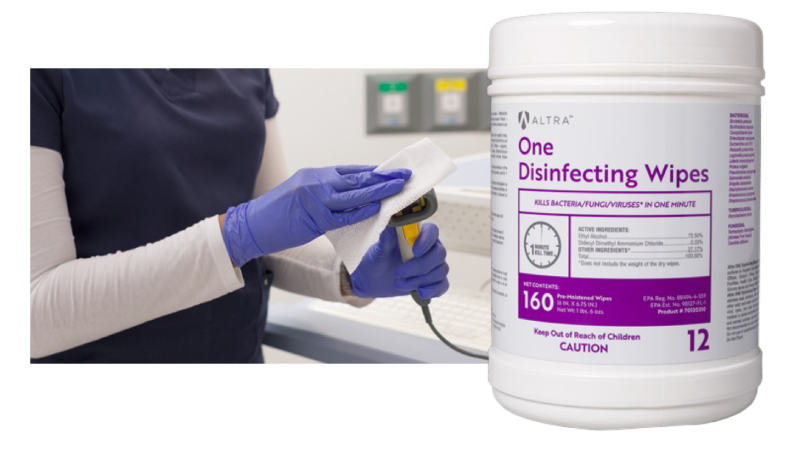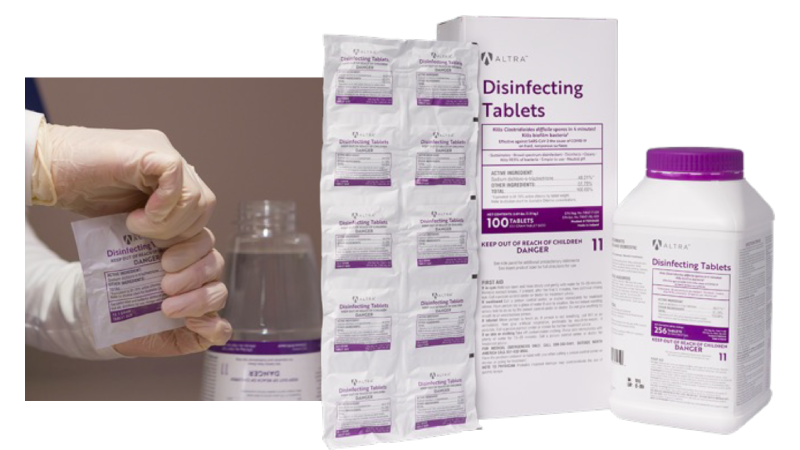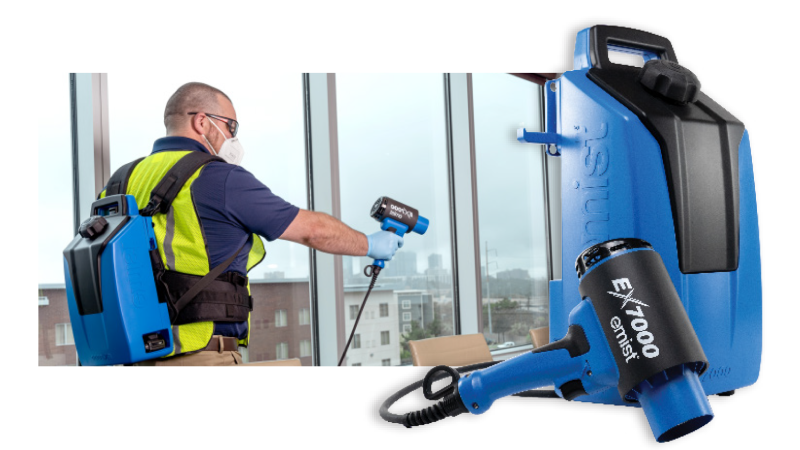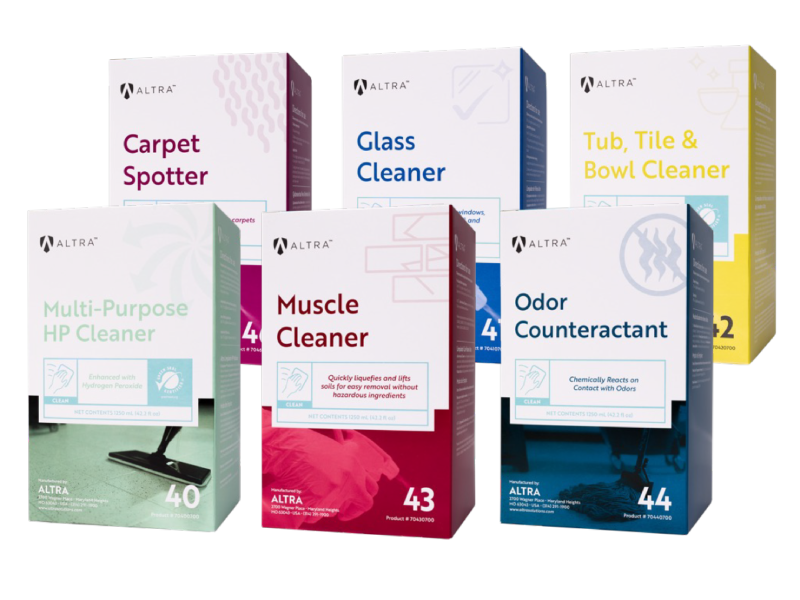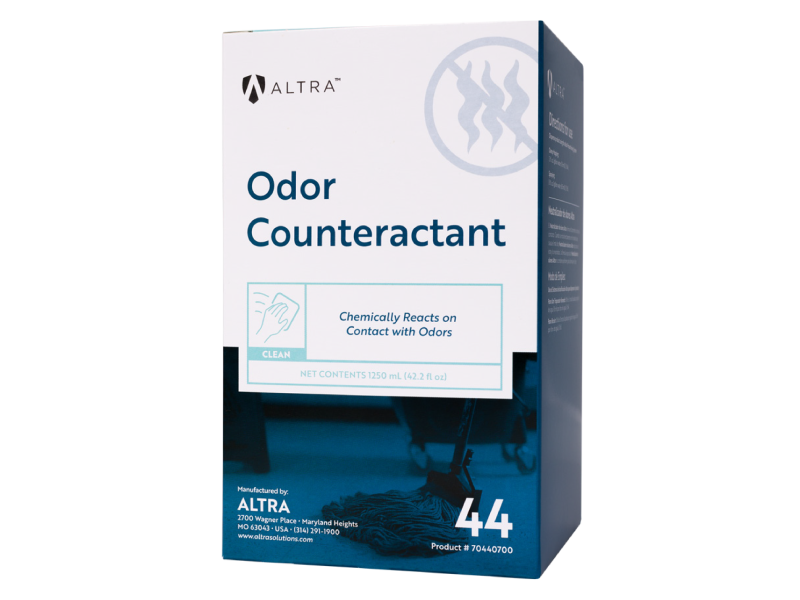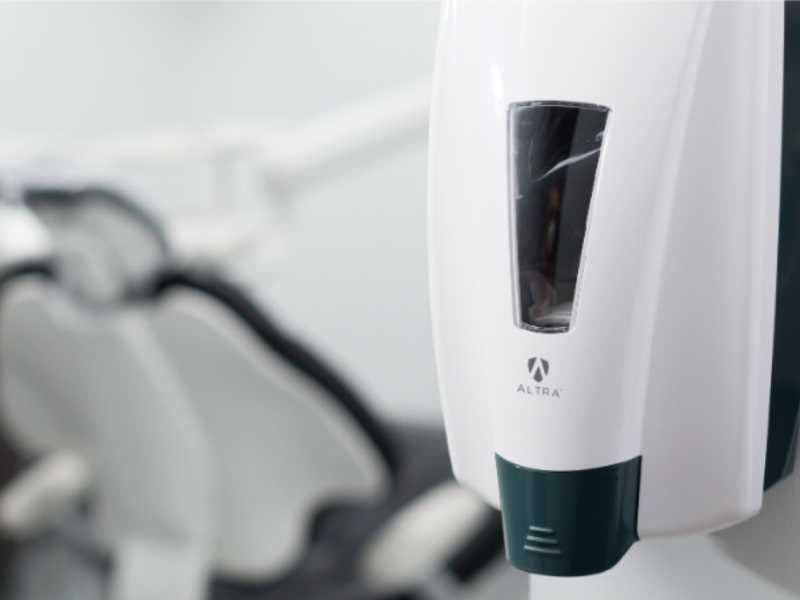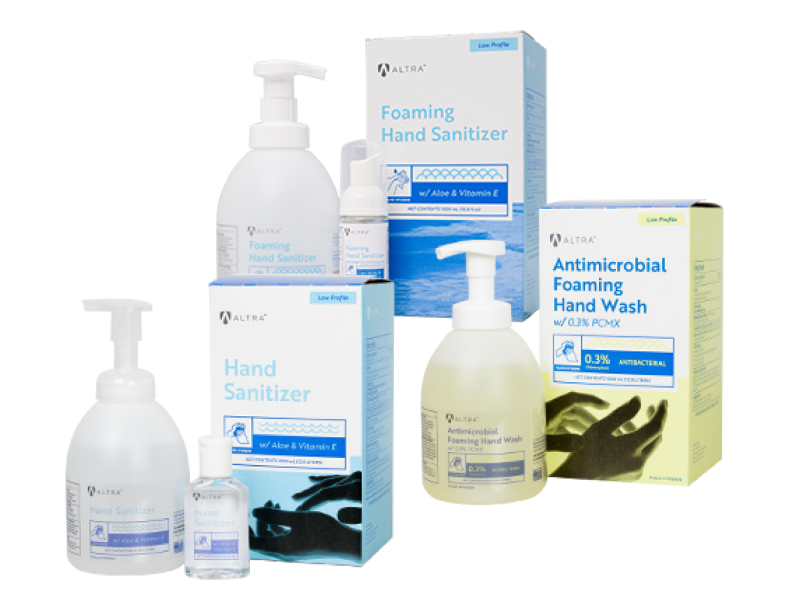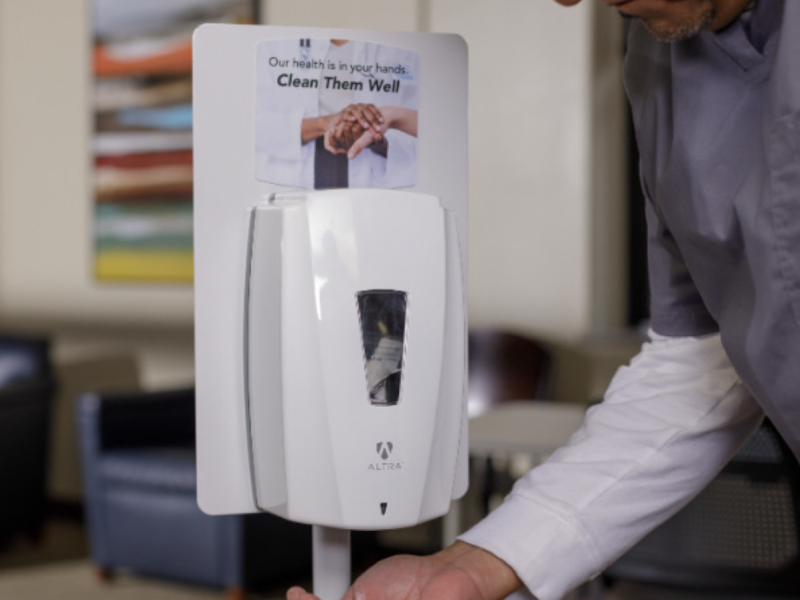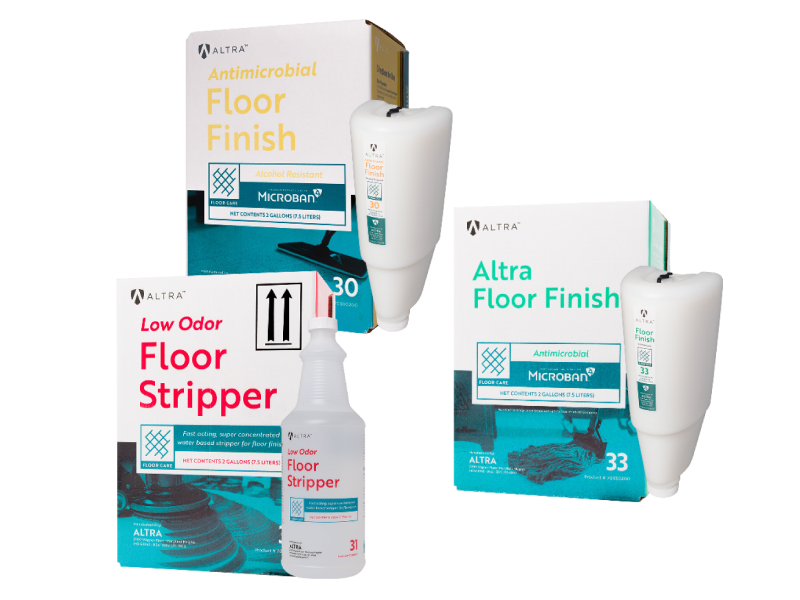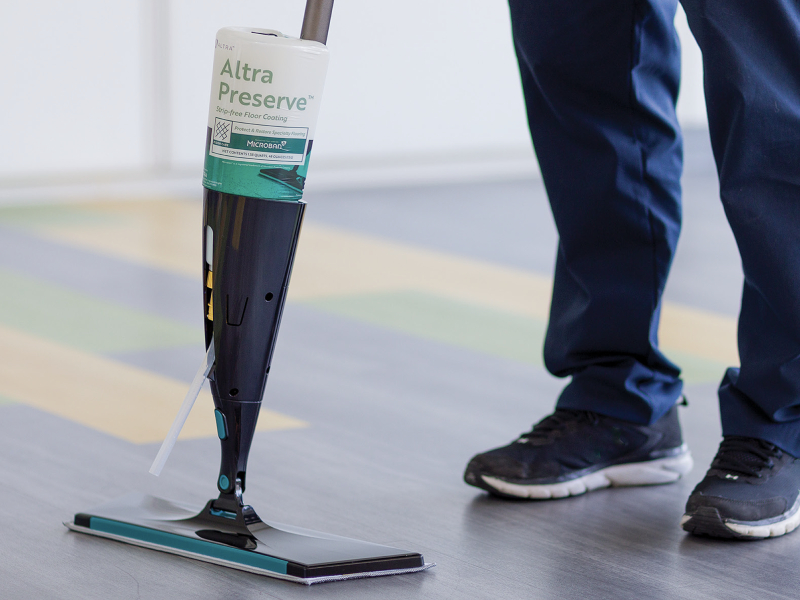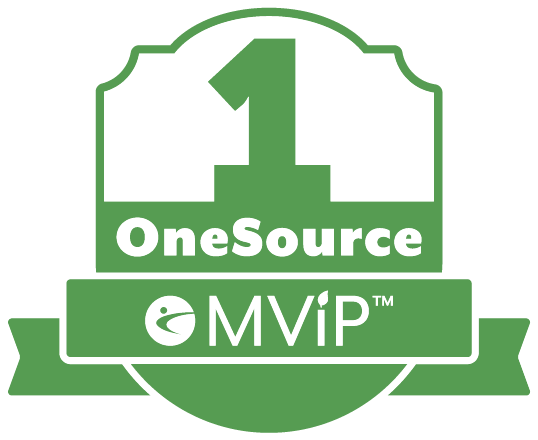
MasVida Infection Prevention and Control (MViP)
We Make Healthcare Facility Hygiene Better
We Make Healthcare Facility Hygiene Better™
We deliver value while reducing costs.
Most healthcare providers are familiar with Group Purchasing Organizations (GPOs). The key reason for being a member of a GPO is to save money. OneSource Healthcare Solutions work like a GPO – we help save money while improving the care experience through our value-added services. We provide a customizable, bundled service approach for hand hygiene, cleaning, odor elimination, and infection prevention.
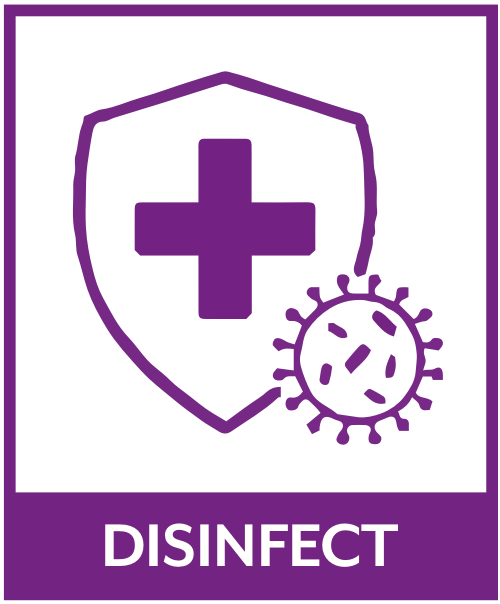
Keep Your Residents and Staff Safe and Healthy
One Disinfecting Wipes
Altra One Disinfecting Wipes are intended for use on hard non-porous surfaces in hospitals and healthcare settings and will not harm most surfaces.
Disinfecting Tablets
These easy-to-use tablets effective against biofilm and C. Diff in 4 minutes and does not contain bleach or PAA.
EMist EX 7000 Electrostatic Backpack Sprayer
The EX7000 is 51% lighter than other backpack electrostatic disinfectant sprayers, cordless, and easy to operate.
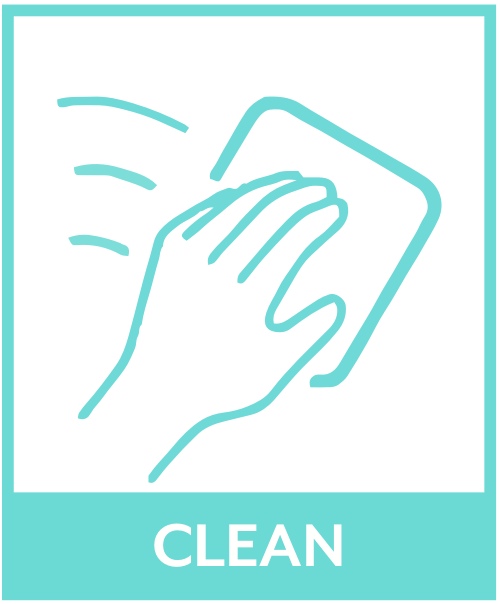
Dynamic, Robust, and Effective Cleaning Solutions
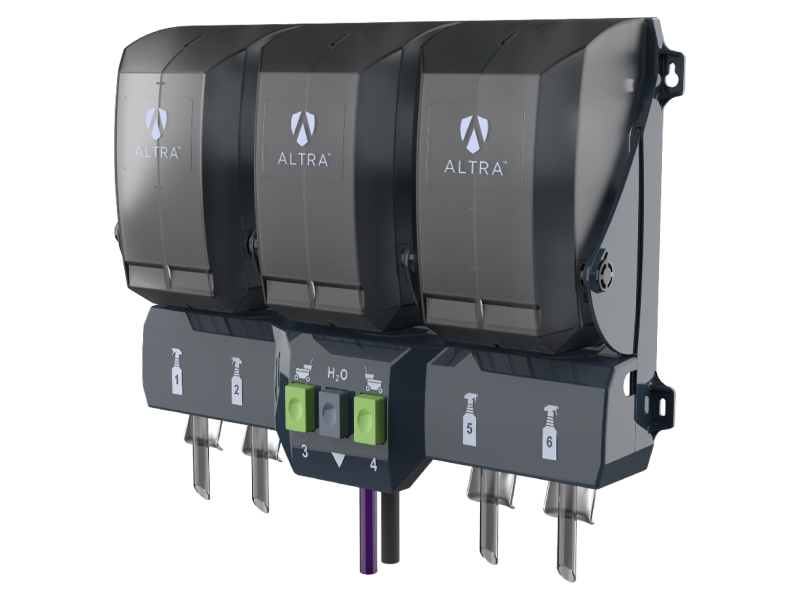
Proportioning System
The Altra Proportioning System is designed for Environmental Services (EVS) personnel and the challenges they face in healthcare facilities. Our proportioning systems are user-friendly and cost-effective for all healthcare facilities with economically and ecologically friendly products.
Suite of Cleaning Products
Odor Elimination
Altra Odor Counteractant is a true “on contact” odor killer. When sprayed directly onto the source, Altra Odor Counteractant reacts with odor-causing material, neutralizing it. Partnered with the EX7000, you can quickly eliminate unwanted odors throughout your entire facility.
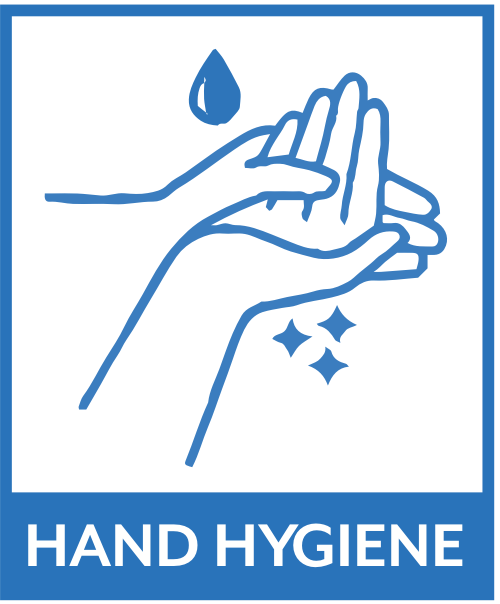
Hand Hygiene Products People Want to Use
Hand Wash and Sanitizing Dispensers
Altra dispensers have large sight windows for checking product levels, are available with hidden locks or keyed, and may be customized with your logo, message, and color.
Suite of Hand Hygiene Products
Our line of foaming and waterless hand sanitizer and hand washes dries quickly, keeps hands hydrated, and leaves no sticky residue
ABMS: Altra Behavior Modification System
The ABMS is a set of unique placards and signs with messages designed to inspire and maximize hand hygiene practices.
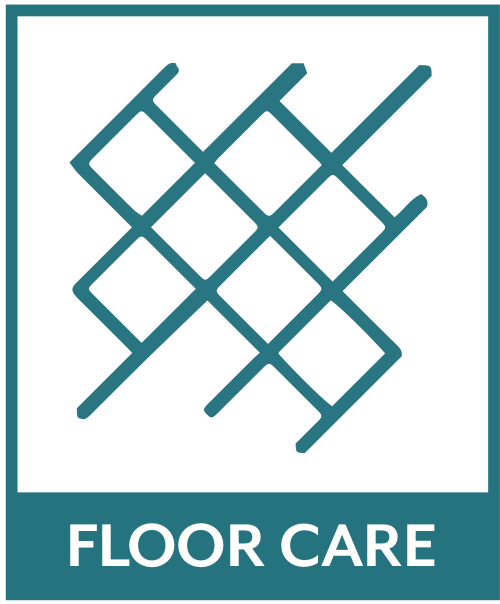
Proven to Standardize Floor Care and Increase Efficiency
Lite Floor Applicator
Compatible with Altra proportioning systems, the Altra Lite Applicator promotes efficiency and reduces worker fatigue with its ergonomic design
Suite of Floor Care Products
Altra Preserve
Altra Preserve is a strip-free floor coating formulated to extend the life of specialty flooring, including LVT. It protects the floor, creating a soft, more natural look.

OneSource Healthcare Equipment Portal
As a service to our customers, OneSource Healthcare Equipment Portal makes real-time equipment management easier, convenient, and better. It becomes your one-stop shop dashboard to get proactive insights and services; right from your desktop 24/7. Our partners with multiple facilities can access all the information needed for each facility in a single, compiled, and online location. OneSource places all necessary information at the touch of your fingers. The real-time interface complies with all billing, rentals, requests, and more in a single, easily accessible location.
Easy Connect
Better Operational Efficiency
Improves Your Financial Performance

